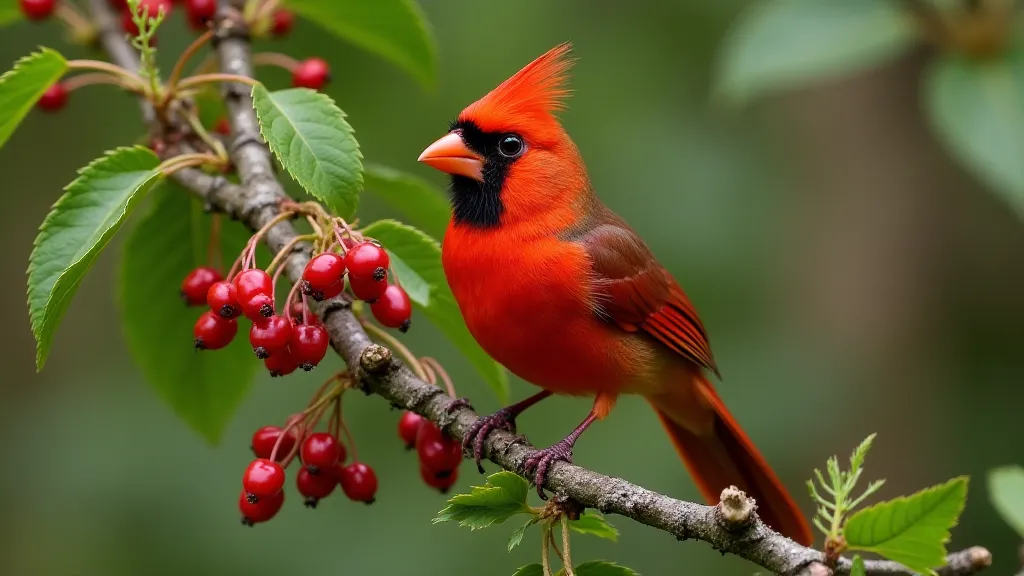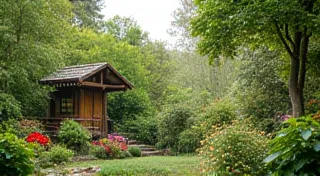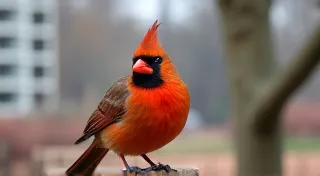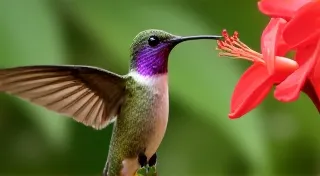Discovering the Wetlands of the Chesapeake Bay: A Beginner's Guide
The Chesapeake Bay region is a renowned haven for birdwatchers, boasting a diverse array of habitats from sprawling marshes to forested shores. This article is designed to introduce beginner birders to the wonderful birding opportunities within the Chesapeake Bay watershed. We’re focusing on accessible locations and providing practical tips to get you started, ensuring a rewarding and enjoyable experience.
Why Bird the Chesapeake Bay?
The Chesapeake Bay’s unique ecosystem supports a phenomenal variety of birdlife. The wetlands provide crucial habitat for numerous species, especially during migration. You’re likely to encounter stunning waterfowl like Canada Geese and Mallards, elegant wading birds like Great Blue Herons and Green Herons, and a chorus of songbirds filling the air. Understanding the region's ecology is key to appreciating the birds you’re observing.
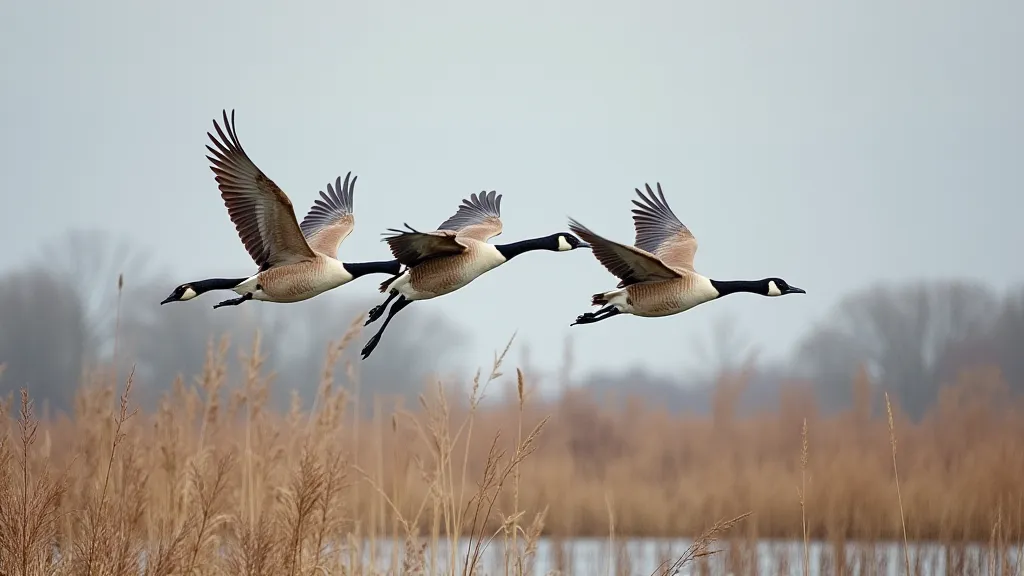
Prime Birding Locations for Beginners
Here are a few recommended spots that are generally accessible and offer excellent birding opportunities for beginners:
- Blackwater National Wildlife Refuge: This refuge in Dorchester County, Maryland, is a world-renowned haven for migratory waterfowl. Trails offer good vantage points for spotting various species, and the visitor center provides valuable information.
- Patuxent Research Refuge: Located in Prince George's County, Maryland, Patuxent offers a mix of habitats, including forests, meadows, and wetlands. It’s an excellent place to see a variety of songbirds, waterfowl, and raptors.
- Mason Neck State Park: This park in Virginia provides access to the Potomac River and surrounding wetlands. Expect to see herons, egrets, and various waterfowl.
- York River State Park: Located on the York River, this park offers a diverse range of habitats and opportunities to observe a variety of bird species.
Identifying Common Birds
While bird identification can seem daunting, starting with the basics is key. Focus on learning to identify a few common species first. Pay attention to size, shape, color patterns, behavior, and song. Binoculars are essential! Field guides (physical or digital) are incredibly helpful resources.
Some common birds you might encounter include:
- Mallard: The quintessential duck! Look for the male's bright green head.
- Great Blue Heron: A large, stately wading bird.
- Northern Cardinal: The male's bright red plumage makes it easily recognizable.
- American Robin: Known for its cheerful song and distinctive red breast.
Essential Gear for Beginner Birders
You don’t need a lot of fancy equipment to start birding, but a few items will enhance your experience:
- Binoculars: A good pair of binoculars is the most important tool. 8x42 or 10x42 are good starting points.
- Field Guide: A physical or digital field guide to help with identification.
- Comfortable Clothing: Dress in layers and wear comfortable shoes.
- Hat & Sunscreen: Protect yourself from the sun.
- Water Bottle: Stay hydrated.
Birding Etiquette: Respecting the Birds and Their Habitat
Remember to be a responsible birdwatcher. Follow these simple guidelines:
- Stay on designated trails.
- Keep a respectful distance from birds and nests.
- Avoid making loud noises.
- Do not disturb the habitat.
- Leave no trace.
Best Times to Visit
While birds can be seen throughout the year, certain times are particularly rewarding:
- Spring Migration (April-May): Witness a burst of color and activity as birds return from their wintering grounds.
- Fall Migration (September-October): Observe birds heading south for the winter.
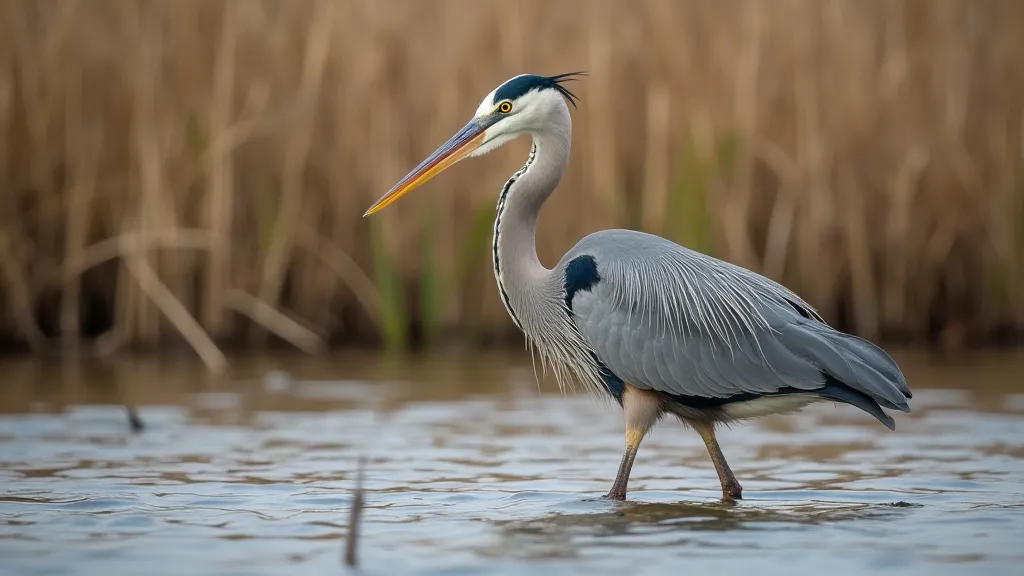
The Ecological Importance of Birds
Birds play a vital role in the Chesapeake Bay ecosystem. They control insect populations, disperse seeds, and serve as an indicator of environmental health. Protecting their habitat is crucial for maintaining a healthy bay.
